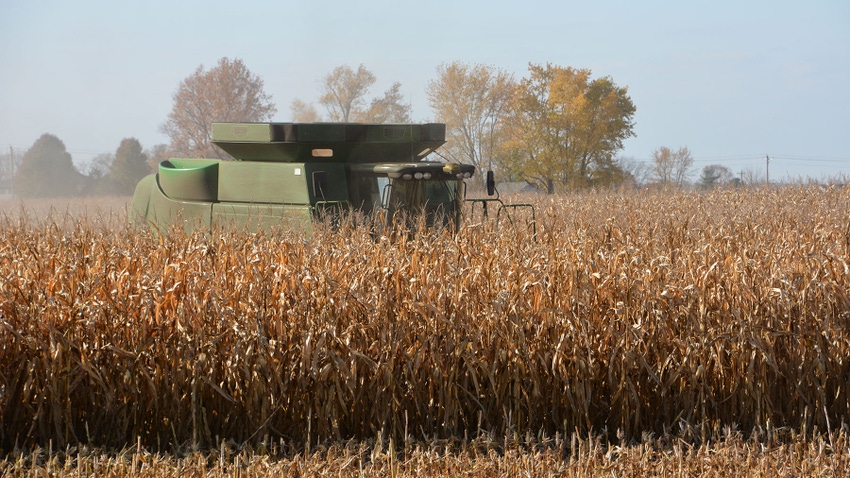
If you scrambled to find enough room for corn during harvest, you already know yields were strong in 2023. Unfortunately, if your area wasn’t blessed by high yields, sagging corn prices tell you that yields were good in many areas. The 100-acre Corn Watch ’23 field in central Indiana yielded 279.8 bushels per acre.
Why were yields so strong? What lessons from 2023 are worth remembering in 2024?
“It wasn’t a perfect year weatherwise by any means, but timing for both rainfall and temperature turned out well in many places,” says Dave Nanda, director of genetics for Seed Genetics Direct, sponsor of Corn Watch ’23. “As a result, we saw consistency in many fields, with long, girthy ears and many high yields. Corn doesn’t require perfect weather conditions if there is enough moisture and a lack of extreme heat at key times.”
Here are three lessons that the 2023 season reaffirmed:
1. Uniform emergence is key. The Corn Watch ’23 field was planted May 11, which is not early but not late either. “Corn began emerging less than a week after planting, and a big percentage of plants emerged the same day,” Nanda says. “That is huge for high yield potential. When emergence isn’t uniform, late-emerging plants have a higher risk of not producing an ear or producing a smaller ear.”
2. Uniform seed depth across the width of the planter matters. In the past, emergence in some rows in the Corn Watch field appeared to be slower than in other rows. Before planting in 2023, the operator used the new Seed-N-Set device, available from SI Distributing and other outlets, to check actual seed depth vs. seed depth settings on the planter on each row. While he reported that the differences he found weren’t huge, he made adjustments so every row planted at the same true depth.
Nanda saw the difference in the field. He believes planting at the same depth is more crucial than you might imagine.
3. Weather during pollination and early grain fill is critical. “Yes, we already knew this was important,” Nanda says. “But the 2023 season made it crystal clear. It was an excellent example.”
In many areas, rainfall was scarce from mid-May through June. Then rains returned in July. Precipitation became scarce again from late August through September in many areas. In fact, many locations in the Corn Belt slipped into clinical drought in June and again in September.
“Pollination and early grain fill happened in July and early August,” Nanda says. “Plants were making decisions about number of kernels per row and then kernel depth. Seeing favorable conditions in most cases, plants made longer ears. Overall, ears tended to be 10% to 15% longer in 2023 than in 2022. That accounts for a lot of extra yield.”
The other weather variable was temperature, Nanda says. During the drought in 2012, it was dry in May, June and early July. But it was also hot, with near-record temperatures. In 2023, it was dry, but temperatures moderated, with cool stretches. Nanda suggests cool weather then and again in early August during early grain fill laid a foundation for higher yields.
About the Author(s)
You May Also Like




